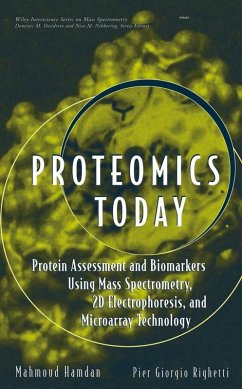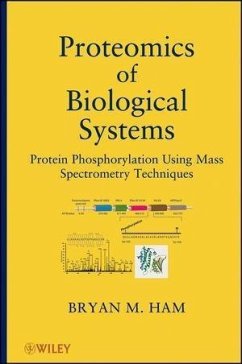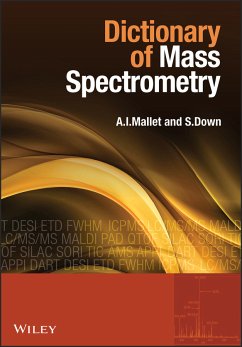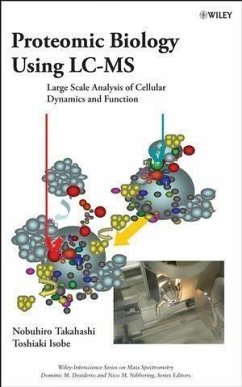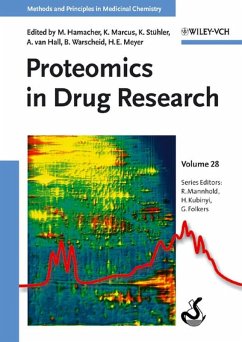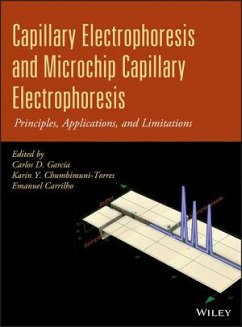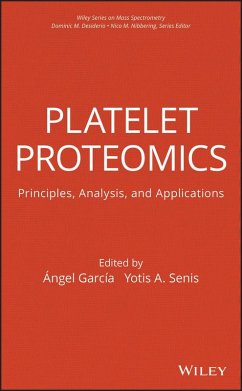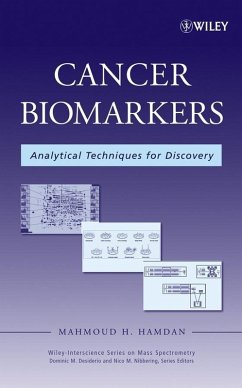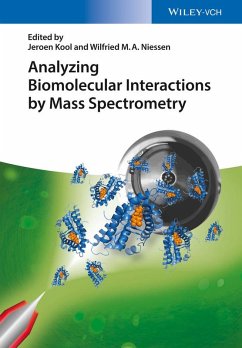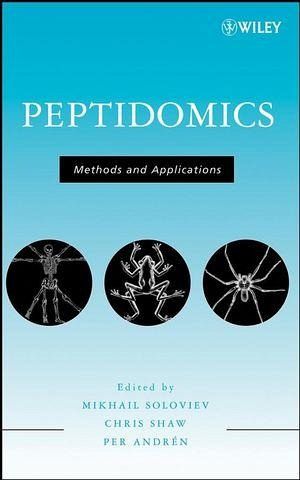
Peptidomics (eBook, PDF)
Methods and Applications

PAYBACK Punkte
0 °P sammeln!
The definitive guide to peptidomics- a hands-on lab reference The first truly comprehensive book about peptidomics for protein and peptide analysis, this reference provides a detailed description of the hows and whys of peptidomics and how the techniques have evolved. With chapters contributed by leading experts, it covers naturally occurring peptides, peptidomics methods and new developments, and the peptidomics approach to biomarker discovery. Explaining both the principles and the applications, Peptidomics: Methods and Applications: * Features examples of applications in diverse fields, inc...
The definitive guide to peptidomics- a hands-on lab reference The first truly comprehensive book about peptidomics for protein and peptide analysis, this reference provides a detailed description of the hows and whys of peptidomics and how the techniques have evolved. With chapters contributed by leading experts, it covers naturally occurring peptides, peptidomics methods and new developments, and the peptidomics approach to biomarker discovery. Explaining both the principles and the applications, Peptidomics: Methods and Applications: * Features examples of applications in diverse fields, including pharmaceutical science, toxicity biomarkers, and neuroscience * Details the successful peptidomic analyses of biological material ranging from plants to mammals * Describes a cross section of analytical techniques, including traditional methodologies, emerging trends, and new techniques for high throughput approaches An enlightening reference for experienced professionals, this book is sufficiently detailed to serve as a step-by-step guide for beginning researchers and an excellent resource for students taking biotechnology and proteomics courses. It is an invaluable reference for protein chemists and biochemists, professionals and researchers in drug and biopharmaceutical development, analytical and bioanalytical chemists, toxicologists, and others.
Dieser Download kann aus rechtlichen Gründen nur mit Rechnungsadresse in A, B, BG, CY, CZ, D, DK, EW, E, FIN, F, GR, HR, H, IRL, I, LT, L, LR, M, NL, PL, P, R, S, SLO, SK ausgeliefert werden.




